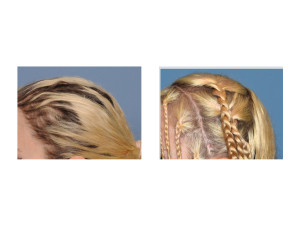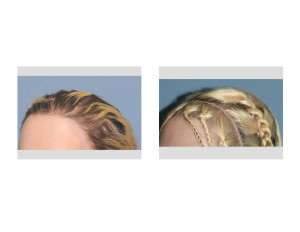Background: Flat or deficient areas of the skull are reasons for aesthetic head shape concerns. The most common areas of head shape deficiences is on the back of the head as well as the crown of the head. Men and women are equally concerned when the back of their head is very flat. Deficiencies in the top of the head or crown area tend to be of more concern to women than men.
The crown of the head usually refers to the top of the head. In anatomical terms, the roof of the skull or cranial cavity is the whole top of the head. The top of the head can also be referred to as a the skull cap. The portion of the skull known as the crown refers to the upper back of the head. The crown begins at the point where the top of the head begins to curve downward to the back of the head. It is a semi-circular area whose outline looks like a cap sitting halfway between the top and the back of the head.
What usually bothers women about a flat or deficient crown of the head is how it affects their hair and the appearance/shape of their head. A flat crown creates a lack of volume over the crown. While it can be camouflaged by styling the hair, this is time consuming and is not always an option for some women.
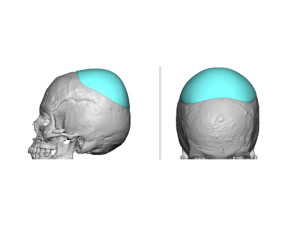
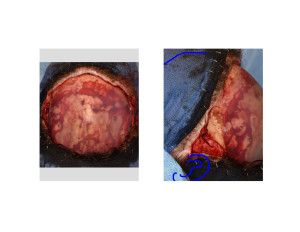
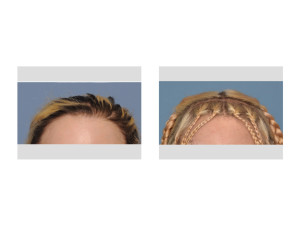
Highlights:
- A skull cap implant can create a higher crown area at the back of the top of the head.
- A 3D CT scan is needed to design and fabricate a custom skull cap implant.
3) While in this patient an old coronal incision was used for placement, most custom skull implants can be place through much smaller scalp incisions.
Dr. Barry Eppley
Indianapolis, Indiana



